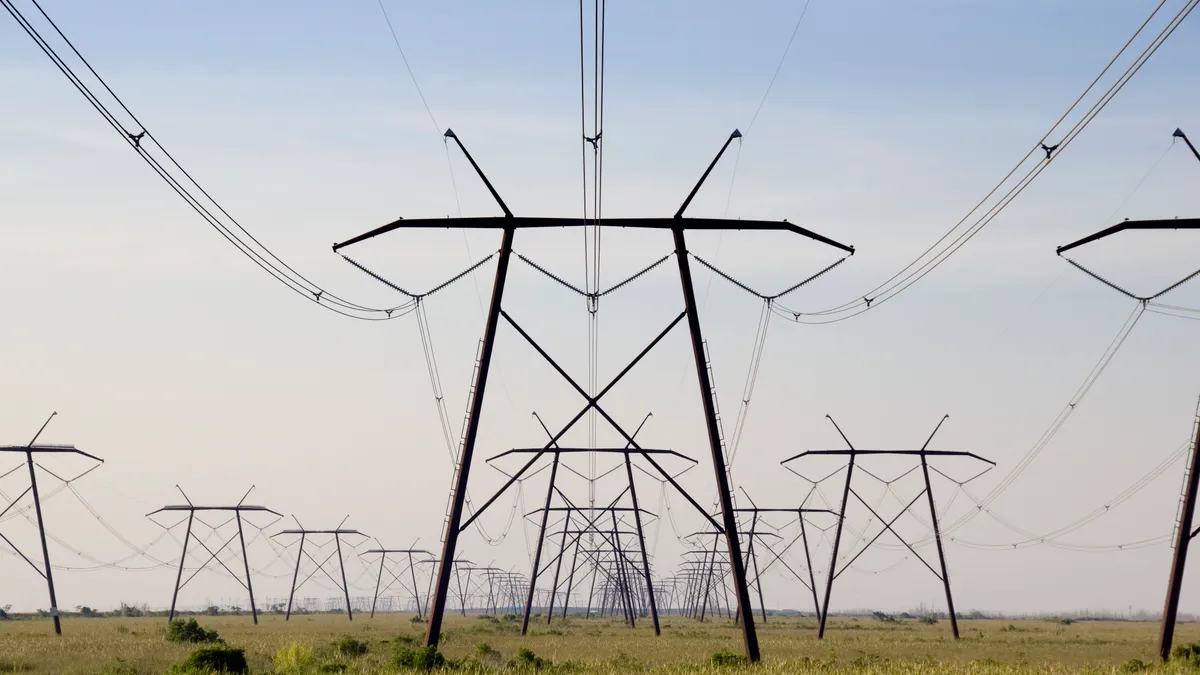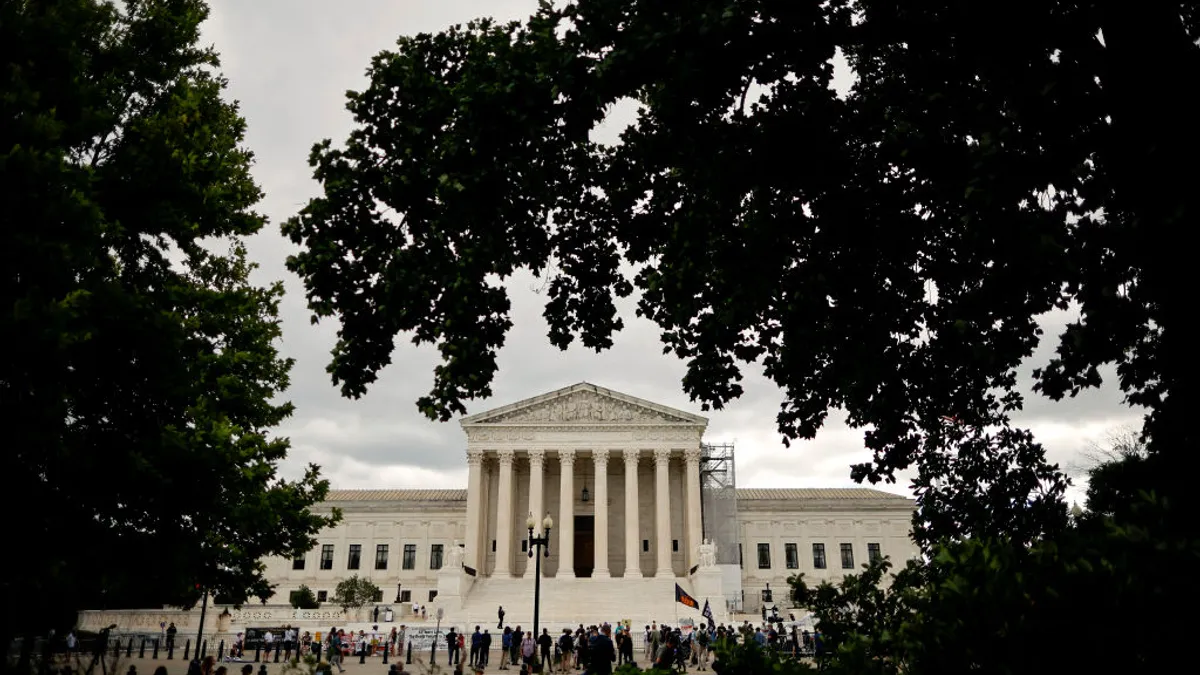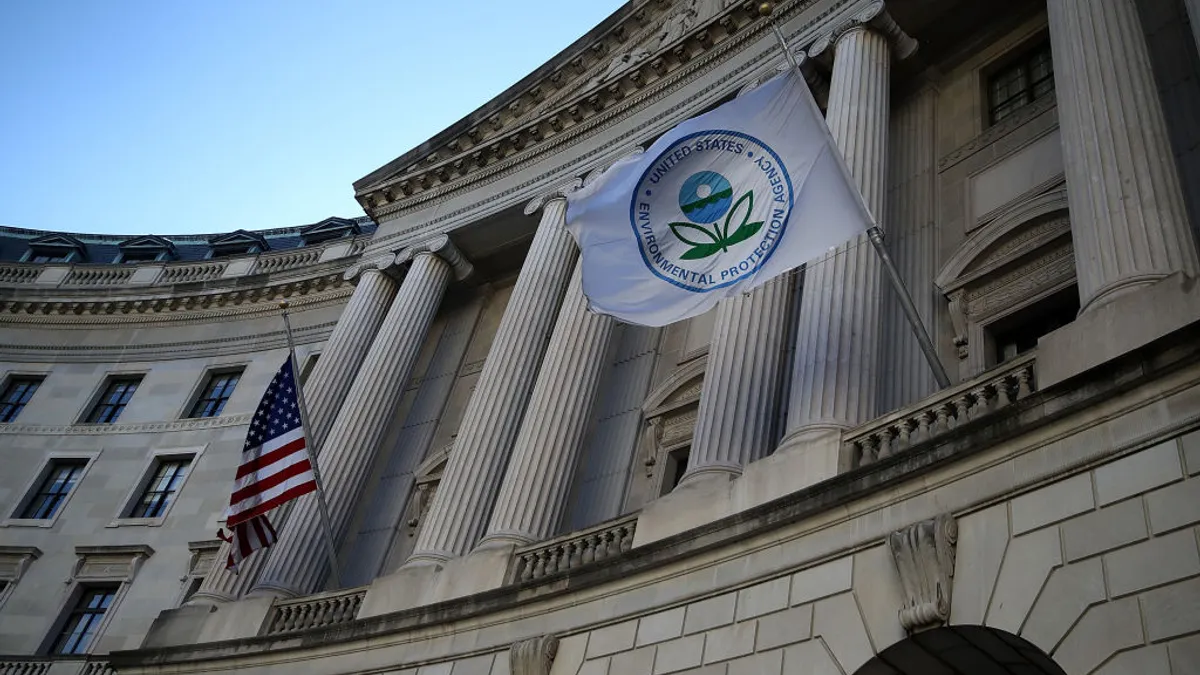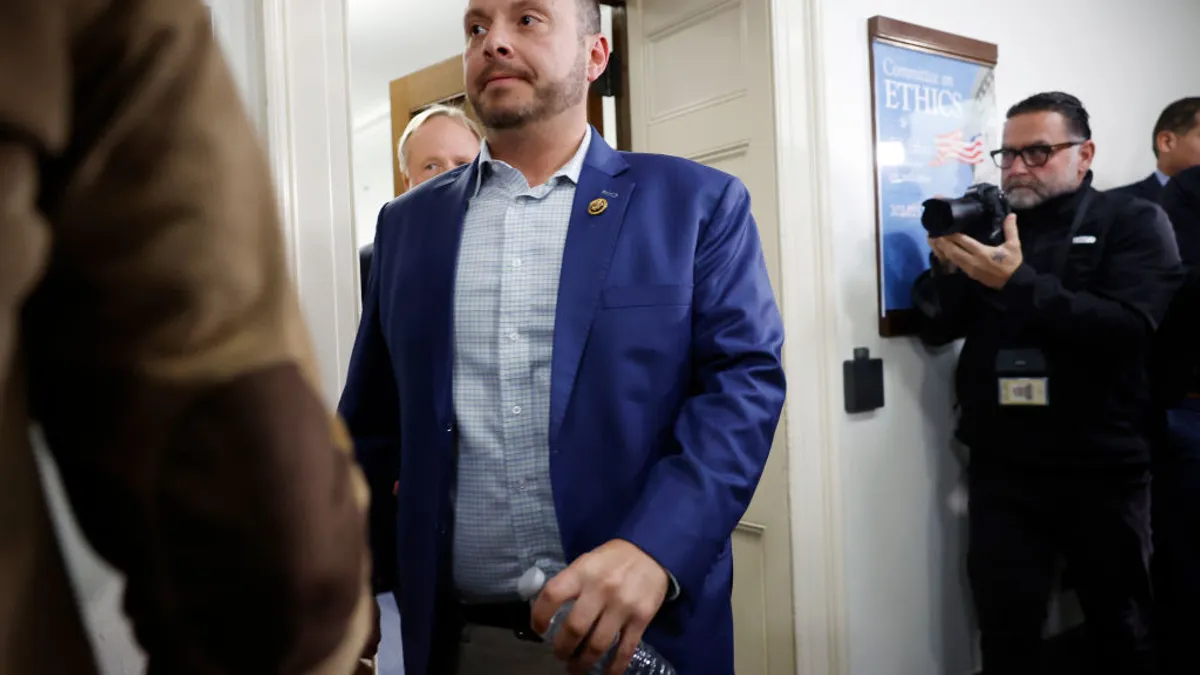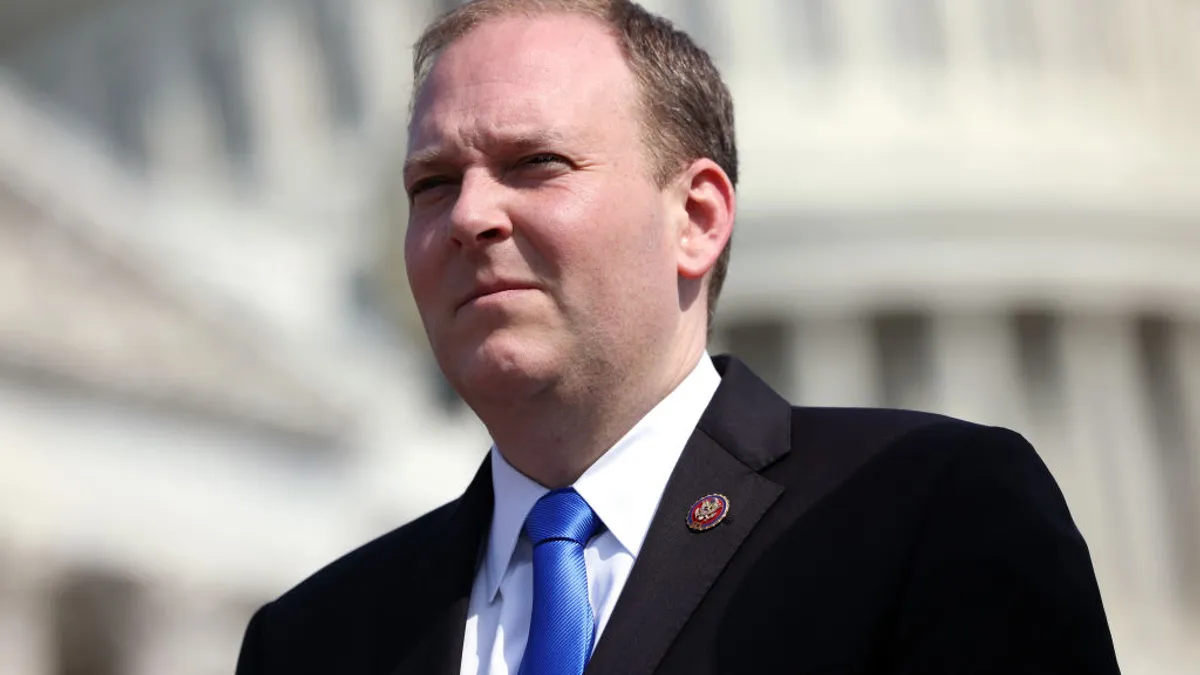The energy sector faces uncertainty following back-to-back U.S. Supreme Court decisions that limit federal agency authority for new rules and sharply extend the statute of limitations for filing suits for existing regulations under the Administrative Procedure Act, according to ClearView Energy Partners.
The Supreme Court struck down the Chevron doctrine June 28 in Loper Bright Enterprises v. Raimondo and on July 1 said plaintiffs can sue over regulations for up to six years after they are affected by them, instead of six years after they take effect, in Corner Post v. the Board of Governors of the Federal Reserve System.
“To the extent that uncertainty can quash investment and impair return, we would suggest that Loper Bright could have significant implications for U.S. energy infrastructure on its own,” ClearView said in a July 1 client note. “And, to the degree that Corner Post provides a means for reopening (or extending) disputes, we think it could increase the amplitude and frequency of future policy flux.”
Under Chevron deference, investors may have generally assumed that new agency rules were largely durable, the research firm said. Now, they may wait to invest until judicial reviews are completed, and regulated entities’ may forgo early compliance with anticipated or pending regulations, ClearView said.
“This is going to inject a heightened level of litigation in courts, extraordinary uncertainty in the coming years as to what is permissible and what is not as far as establishing rules and promulgating rules, and will likely hamstring an agency's ability to move quickly,” Basil Seggos, a Foley Hoag partner, said July 2.
The decisions could lead states to take a more expansive regulatory role, creating a growing patchwork of rules across the country and increased uncertainty for regulated entities, he said.
The Chevron doctrine, established in a 1984 Supreme Court decision, held that in cases where a federal statute is ambiguous, courts must give federal agencies deference in their interpretation of the law, as long as the interpretation is reasonable. It has been cited more than 18,000 times in federal court decisions, making it the most cited administrative law case in history, according to Varu Chilakamarri, a K&L Gates partner.
The court’s two decisions, plus a decision in Securities and Exchange Commission v. Jarkesy on June 27 that will move certain proceedings that were handled by agency administrative law judges to the courts, will likely spark increased litigation in the federal court system, K&L Gates attorneys said during a webinar on Monday.
“It really seems like you're going to have a lot of people going into court for a number of reasons,” Chilakamarri said. “First is because [without Chevron deference] the universe of cases that you might win now that you didn't win before just got a whole lot bigger … For the regulated community, your interpretation of a statute could be given just as much weight as the agencies.”
Also, there will likely be increased litigation around new rules and regulations where an agency’s statutory interpretation may be “iffy,” Chilakamarri said. The decision will likely lead agencies to be more cautious when issuing new regulations, the K&L Gates lawyers said.
Litigation could take longer because judges will no longer be able to rely on agency expertise when writing decisions on often technical and complex issues, David Fine, a K&L Gates partner, said, noting that judges are typically “generalists.”
There could be “bum” decisions by some judges who don't understand the technicalities of technology and science, for example, according to Fine.
“So folks who think that being before judges rather than agencies helps their cause may find that judges, at least some judges, really just don't have the ability to run with this stuff to get it right,” Fine said.
The court said previous cases decided using Chevron deference are subject to stare decisis, the doctrine that courts follow precedent. The original decisions would likely hold up, but they could be revisited, according to Fine. “It's a steep hill, but it's probably not an insurmountable hill,” he said.
“There's a lot of open questions about what the courts, Congress and the agencies will be doing going forward,” Chilakamarri said.
FERC, Chevron and transmission planning
Generally, the demise of the Chevron doctrine isn’t expected to have a major effect on the Federal Energy Regulatory Commission.
However, the Loper Bright and Corner Post decisions raise “potentially insurmountable hurdles” to large-scale interregional transmission development, according to Ken Irvin, a partner at Sidley Austin.
“Arguments that FERC’s aspirations with Order 1920 exceed the grant of authority Congress gave in the Federal Power Act will find new vigor after Loper Bright,” Irvin said in a July 1 email. “And the ruling in Corner Post about when the statute of limitation accrues (not until the plaintiff is injured by final agency action) has the potential to cast dark uncertainty over whether transmission projects can ever reach commercial service (and thus gain the ability to repay the development financing).”
FERC Commissioner Mark Christie said June 28 that FERC’s recently issued transmission planning and cost allocation rule — Order 1920 — relied on its previous Order 1000 as a basis for the agency to be able to issue it.
Order 1000, however, was upheld in court based on Chevron deference, said Christie, who voted against Order 1920.
“So the most important legal lifeline that Order No. 1920 needed was pulled away today, and the final rule’s chances of surviving court challenges just shrank to slim to none,” Christie said.
When FERC considers pending requests for the agency to reconsider Order 1920, Christie said he hopes its new slate of commissioners could change its decision “into something that can actually work in the field and is within our legal authority.”
FERC’s transmission planning and cost allocation rule is on firm legal ground, according to FERC Chairman Willie Phillips.
“Both regional transmission planning and cost allocation are practices that have exactly the type of ‘direct effect’ on Commission-jurisdictional rates that the U.S. Supreme Court has held brings a matter within this Commission’s jurisdiction,” Phillips said last week.
FERC’s authority to regulate regional transmission planning and cost allocation is essential to the agency’s ability to make sure customers have access to reliable and affordable electricity supplies, which is the commission’s “most fundamental statutory responsibility,” Phillips said.
“That we have that basic authority remains not only a reasonable reading of the Federal Power Act, but the best reading of the statute, exactly as Loper Bright requires,” he said.
In the litigation of Order 1000, FERC argued that it issues transmission rules under the Federal Power Act’s section 206, which empowers the agency to remedy any “practice . . . affecting” transmission rates, said Ari Peskoe, director of the Electricity Law Initiative at Harvard Law School’s Environmental and Energy Law Program.
Under a 2016 Supreme Court case, FERC v. Electric Power Supply Association, the court said the agency has legal authority to regulate “practices” that directly affect transmission rates, Peskoe said in a July 1 email.
“A party would have to argue that [transmission] planning does not affect rates,” he said. “Seems like a high hill to climb, since the costs of planned projects are recovered through rates.”



